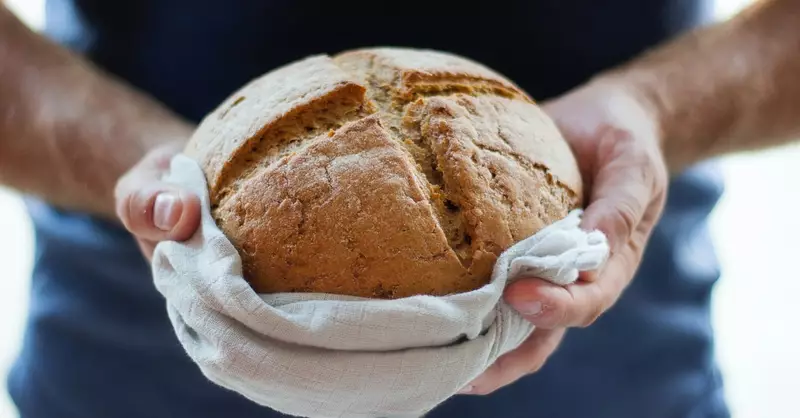
Each culture in the world has its staple food. For Pacific islanders it might be taro. For many Asians it’s rice, while for many Africans it’s maize or corn porridge. For those in the Middle East and through much of Europe the staple food is some form of bread, usually made from wheat.
So when Jesus is faced with a hungry crowd of people, the food on hand is five small loaves of bread and two salted fish. He gives thanks to God for the food, and then distributes it to the crowd. Everyone has enough to eat and there are basketfuls of left-overs. One lesson that we might take from this incident is that hungry people need practical help – they need food to eat. We might also learn to trust in what we have available and that God is able to provide what we need in abundance.
Next day the people come back for more free food, but Jesus engages them in a rather different way. He offers the people bread from heaven, the bread of life that God gives. If people eat this sort of bread they will never be hungry again. This bread is Jesus himself, which leads on to an interesting conversation about how they might ‘eat’ Jesus. We may well hear overtones or echoes of Communion in Jesus’ words. The people are both intrigued and repulsed.
The gist of what Jesus is saying is that if we want true and satisfying life, we need to take Jesus’ words deep inside ourselves and trust that God will nourish our soul or spirit with them. We might do this through some sort of contemplative prayer or meditation on Scripture, both good daily disciplines of faith.
There is a well-known line in the Lord’s Prayer that goes ‘Give us today our daily bread’. I wonder if this refers to God providing what we need to sustain us each day (food, drink, shelter, purpose) or whether it refers to the bread of life that Jesus talked about (a daily connection with God through prayer and Scripture). Perhaps Jesus had in mind both types of ‘bread’ – as both are important.
